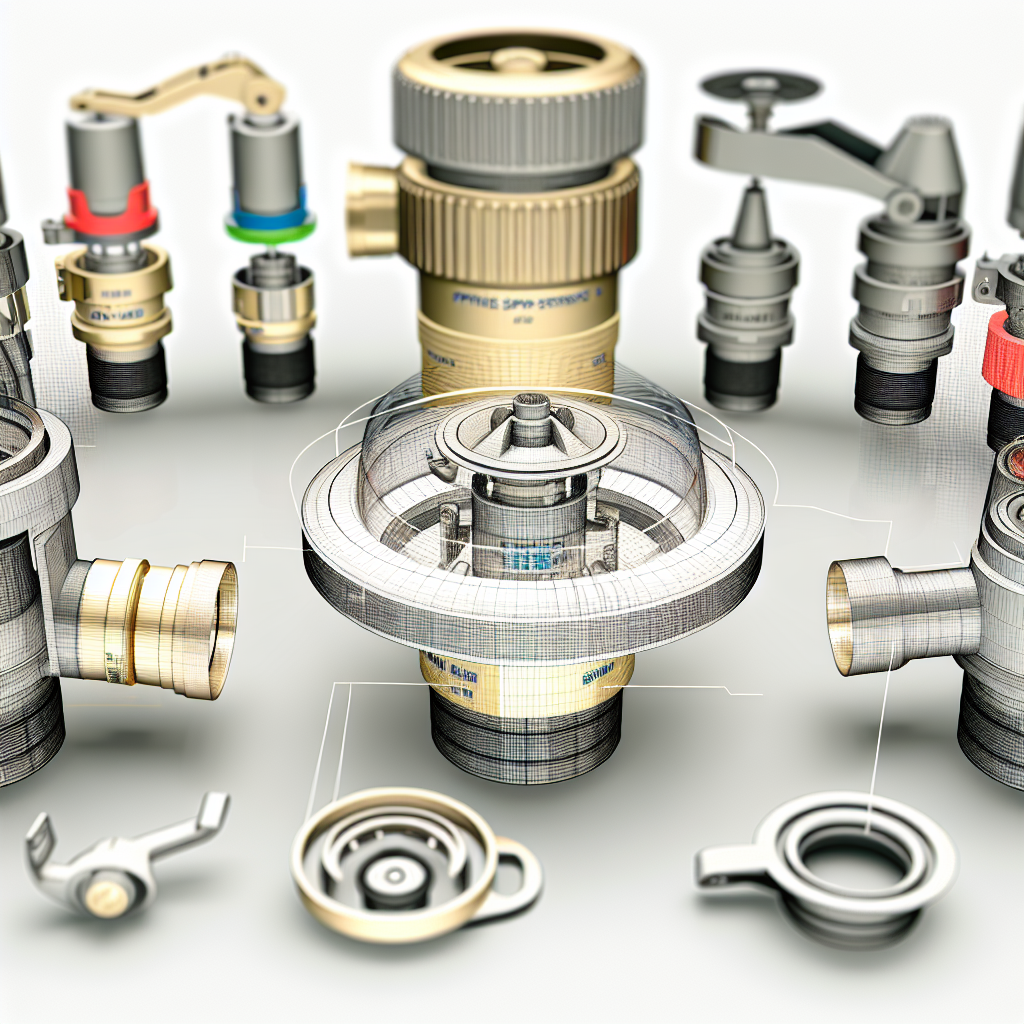Fire suppression sprinkler heads are vital components of modern fire safety systems, designed to detect and control fires quickly and efficiently. Understanding **how these sprinkler heads operate** can help property owners appreciate their effectiveness and ensure proper maintenance. In this article, we’ll explore the fascinating mechanics behind these life-saving devices.
How Fire Suppression Sprinkler Heads Activate
Fire suppression sprinkler heads operate based on a simple but crucial principle: **reacting to heat**. Each sprinkler head contains a heat-sensitive element, often a glass bulb filled with a liquid or a fusible metal link. When the environment reaches a specific temperature—typically between 70°C and 90°C (158°F – 194°F)—the heat-sensitive element responds by breaking or melting, triggering the spray of water.
The design of these components ensures **only the sprinkler closest to the heat source activates**, preventing unnecessary water release and minimizing water damage to other parts of the building. Additionally, the sprinkler head’s **pressure and piping system** work in tandem, channeling water swiftly upon activation to control or extinguish the fire effectively.
Important factors influencing activation:
- Temperature rating of the heat-sensitive element
- Water pressure within the sprinkler piping
- Proper installation and maintenance
This precise activation mechanism ensures **fire suppression is localized** and rapid, making sprinkler systems an essential component of fire safety plans in residential, commercial, and industrial buildings.
Ensuring Effectiveness and Maintenance
For sprinkler systems to work optimally, **regular inspection and maintenance** are critical. Dust, corrosion, or physical damage can impair the sensitive elements or prevent water flow. Fire safety authorities recommend annual testing, along with checks for obstructions or leaks.
Additionally, understanding the specific temperature ratings for each sprinkler head allows for proper system customization based on the environment. For instance, areas prone to high ambient temperatures might require heads with higher activation thresholds, preventing accidental activation from heat sources unrelated to fire.
Advances in sprinkler head technology now include features such as **discrete activation zones** and **anti-freeze protection**, which enhance safety in cold climates or complex building layouts.
Conclusion
Fire suppression sprinkler heads operate on heat-sensitive elements that activate at specific temperatures, releasing water precisely where needed to suppress fires. Their reliable functioning depends on proper installation, regular maintenance, and understanding their specific specifications. Overall, sprinkler systems are an indispensable part of fire safety, providing rapid response and protection in emergencies. By appreciating **how they work**, property owners can better maintain these crucial systems and ensure safety for all occupants.
